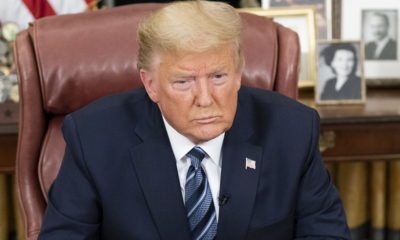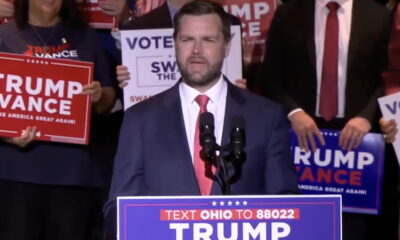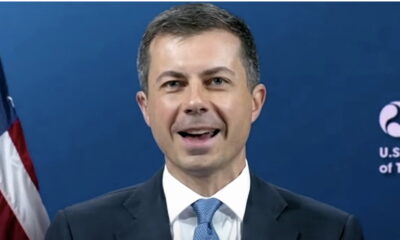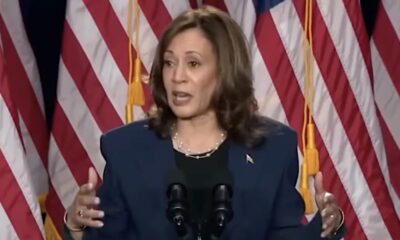Jindal Greatly Expands Gun Access, Says He ‘Never Imagined’ Mass Shooting ‘Would Happen In Louisiana’
Governor Bobby Jindal is all about guns. He’s a frequent speaker at the NRA, and he frequently posts images of himself and his family with guns. Jindal “never imagined” a mass shooting “would happen in Louisiana”? How is that possible?
No one’s blaming Bobby Jindal for the shooting, nor should we. But we can and should blame Jindal for the culture of guns he’s helped foster in Louisiana.Â
Thursday night, a gunman opened fire in a Lafayette, Louisiana movie theater, killing two and wounding nine others, before turning the gun on himself.
Bobby Jindal was quick to respond.
I’m on my way to Lafayette right now. Please say a prayer for the victims at Grand Theatre and their families.
— Gov. Bobby Jindal (@BobbyJindal) July 24, 2015
But he also told a local newspaper he was shocked that this could happen in his state:
Gov. Bobby Jindal: “We never imaged this would happen in Louisiana.”
— The Advocate (@theadvocatebr) July 24, 2015
Which is stunning, because Governor Bobby Jindal is all about the Second Amendment.
He’s signed over a dozen gun bills into law, many of them designed to increase access to guns and increase where they may legally be carried. Like into churches, a bill Gov. Jindal signed in 2010. Or into restaurants, even those that serve alcohol – one of five gun bills which Gov. Jindal signed into law in 2014. Another of those five bills expands Louisiana’s Stand Your Ground law.
The year before, in 2013, Jindal signed six gun bills into law, including one that makes it illegal to publish the names and addresses of anyone with a concealed handgun permit, and another that extends concealed carry permits to be valid for the lifetime of the person permitted.
Not all of Gov. Jindal’s gun laws expand access. Some expand information sharing with federal and state authorities, say, notifying them when a person fails a background check due to mental health issues.
As a U.S. Congressman, Jindal co-sponsored legislation to ban gun registration in Washington, D.C., to repeal its ban on semiautomatic weapons and even to repeal its trigger lock law.
He also voted to ban any product liability lawsuit against any gun manufacturer. Similar lawsuits were used to take down tobacco manufacturers.Â
If you spend a few minutes on Governor Bobby Jindal’s Twitter page, you come across his bio, which includes this statement, “defend the 2nd Amendment and protect innocent life,” and tweets like these:
My kind of campaign stop; Capital Armament in Sibley. #IAPolitics pic.twitter.com/26VDrrr9sY
— Gov. Bobby Jindal (@BobbyJindal) July 3, 2015
There’s nothing better than starting the morning in a blind with my boys. Now it’s time to cheer on the Tigers. pic.twitter.com/NI8y782Ptk
— Gov. Bobby Jindal (@BobbyJindal) November 8, 2014
Stand with me in supporting the 2nd Amendment: http://t.co/MV0qi0JtCC #NRAAM #2A pic.twitter.com/4FNj44UAnD
— Gov. Bobby Jindal (@BobbyJindal) April 10, 2015
Very happy with my new purchase. Thanks @BowieOutfitters, I can’t wait for hunting season. pic.twitter.com/whTDa4WGRV
— Gov. Bobby Jindal (@BobbyJindal) May 22, 2015
Visiting MR Guns in Cedar Falls led me to add this great FNAR from @FNH_USA_LLC to my wish list #2A #IAPolitics pic.twitter.com/PJxYtu09Ih
— Gov. Bobby Jindal (@BobbyJindal) June 15, 2015
Jindal was quick to get in front of cameras Thursday night. He rejected a reporter who asked about gun control, repeatedly throughout the evening telling America the best thing they can do now is pray.
Prayers for Lafayette at Grand Theater. Talking to state police colonel about shooting in Lafayette.
— Gov. Bobby Jindal (@BobbyJindal) July 24, 2015
But let’s be frank.
We don’t know much about the 58-year old white man who opened fire in a Lafayette, Louisiana movie theater Thursday night, but we know he had a criminal record, and we know he had a gun.
We also know Gov. Jindal, possibly more than any other governor, has expanded access to guns. And that expansion has consequences. Deadly consequences.
“Louisiana was the only state with the most gun violence where firearm-related suicides accounted for less than half of all gun deaths,” USA Today reported just last month. “In fact, homicides accounted for roughly 51% of all gun deaths in the state. As a result, Louisiana had the highest gun-related homicide rate in the country, at 9.7 murders per 100,000 residents. Louisiana also had the highest average firearm death rate in the country over the 10 years ending in 2013, when there were 18.8 firearm deaths per 100,000 in the state, compared with 10.2 across the country. The high number of gun deaths may be tied to gun policy. Louisiana, like many of the states on this list, does not require gun owners to have a permit to purchase a firearm, nor must they register their weapons.”
“In 2013, Louisiana reported nearly 10 homicides per 100,000 residents, the highest rate in the country.”
Jindal, who is running for president, wholeheartedly believes in guns, and mocks anyone who does not.
“Jindal has compared the rights of gun ownership to religious liberty and has said the struggle to preserve and expand gun access is a pivotal fight that could last another generation,” PBS reported, also last month.
Gov. Jindal “never imaged this would happen in Louisiana”?Â
How could he imagine it would not?
On social media, many turned their outrage about the shooting onto Jindal:
Bobby Jindal embodies Republican thinking: lots of guns + lots of gun violence = “All we can do is pray.” We’re all doomed.
— John Clavis (@johnclavis) July 24, 2015
Your guns have come home to roost, Gov. Jindal. https://t.co/yTkqFHb2Ka
— Jason Shellen (@shellen) July 24, 2015
RT If you’re tired of politicians telling us that the only answer is prayer in the wake of gun tragedies. We’re ready for action. #Lafayette
— Everytown (@Everytown) July 24, 2015
America has a serious gun violence problem. And more guns in more places won’t solve it. #Lafayette pic.twitter.com/1Jo4VIu2rW
— Everytown (@Everytown) July 24, 2015
So Bobby Jindal is returning to LA, To do what I wonder, Make guns even easier to get? (if that’s even possible). Madness. #Lafayette
— NC Gardener (@NCGardener1) July 24, 2015
No doubt Bobby Jindal will use #Lafayette to campaign for 2016, push for more guns, & force his personal religion on people. Shut up, Bobby.
— Baritone Liberavoice (@redstmiscreant) July 24, 2015
Maybe people are getting fed up with Republicans showing up at shooting scenes & calling for prayers and more guns. Bobby Jindal #Lafayette
— drhug (@drhug) July 24, 2015
“What we can do now is pray that this shooting doesn’t haunt me for my love for guns and the NRA.” — Bobby Jindal #Lafayette
— John F Dillon (@JFD8) July 24, 2015
Let me guess Bobby Jindal, 1.”Your thought and prayers” 2.”Its to early to talk about #Guns“, 3.”#GunViolence what GunViolence!” #Lafayette
— Rossssc (@rossssc) July 24, 2015
Jindal: “As the Gov of LA, I’m proud to report we have plenty of guns.” Geez, Bobby, Woulda been nice if you didn’t. #Lafayette #FuckTheNRA
— Ross Boylan (@RossBoilin) July 24, 2015
“In Louisiana and all across America, we love us some guns and religion.” -Bobby Jindal, who is now asking Americans to pray. #Lafayette
— Spa Suzy (@SpaSuzy) July 24, 2015
Â
Â
Image: Bobby Jindal at a campaign stop in Iowa, posted this image on Twitter. National news reports state the “photo received some mocking comments on Twitter, saying he was pandering to constituents and calling him a poser.”
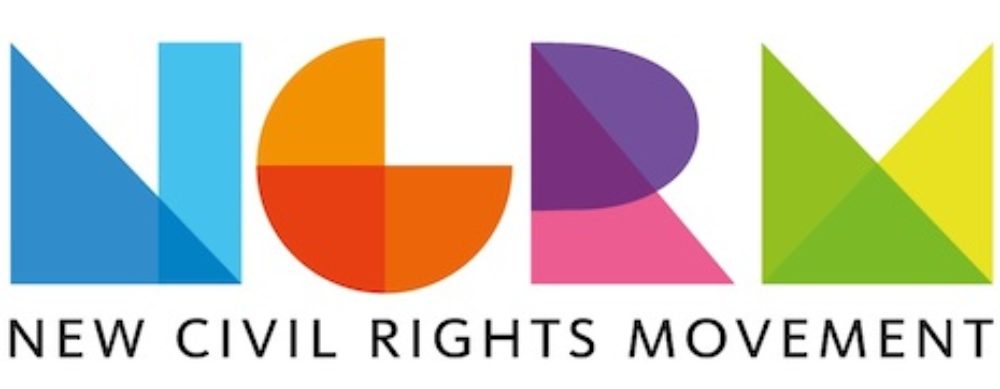
Enjoy this piece?
… then let us make a small request. The New Civil Rights Movement depends on readers like you to meet our ongoing expenses and continue producing quality progressive journalism. Three Silicon Valley giants consume 70 percent of all online advertising dollars, so we need your help to continue doing what we do.
NCRM is independent. You won’t find mainstream media bias here. From unflinching coverage of religious extremism, to spotlighting efforts to roll back our rights, NCRM continues to speak truth to power. America needs independent voices like NCRM to be sure no one is forgotten.
Every reader contribution, whatever the amount, makes a tremendous difference. Help ensure NCRM remains independent long into the future. Support progressive journalism with a one-time contribution to NCRM, or click here to become a subscriber. Thank you. Click here to donate by check.
 |










